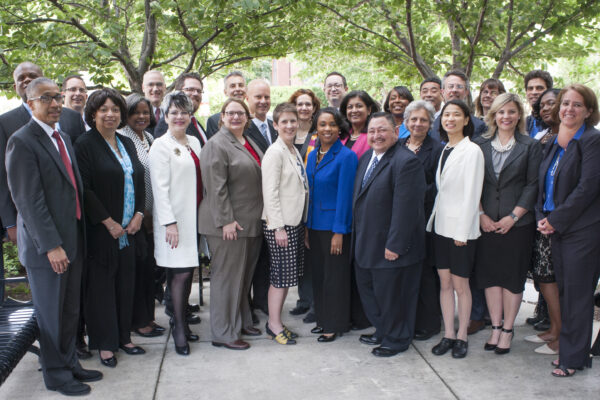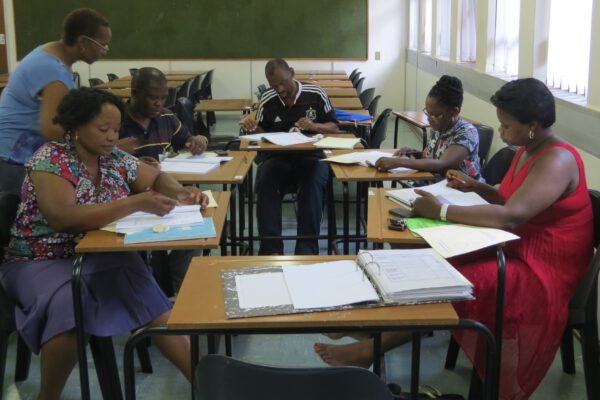The Importance of “Deep Diversity”
It didn’t take long for Irshad Manji, an author who has written extensively about Islam and created the Emmy-nominated documentary “Faith Without Fear,” to set the tone of her keynote address at Saturday night’s Women’s Leadership Dinner at ACE’s 97th Annual Meeting: Spirited, a bit irreverent, but packing a powerful emotional and intellectual message.
“Good evening, salam, shalom, and to the atheists in the audience, how the hell are you!” Manji belted out, to laughter and cheers from the packed room.
Manji, the founder and director of the Moral Courage Project at New York University, quickly went on to demonstrate that her humor is a path into a serious discussion about how different groups of people from different ethnic, racial and religious backgrounds can transcend labels while “grappling with diversity of thought, different opinions and viewpoints.”

And she was not just talking about different groups communicating with each other; she was talking about realizing that not every member of an “identity community” thinks in the same way. It is part of the journey toward what Manji, who was expelled from her Islamic school at age 14 for asking too many questions, calls “deep diversity.”
She arrived at the concept after launching her own study of Islam and discovering that Islam itself has a tradition of questioning, debate, dissent and reinterpretation. Manji found she could be “thoughtful and faithful at the same time.”
“Deep diversity is the opportunity to go beyond polarization to integration of interests and values,” Manji said. “Getting there will require moral courage,” which she defined as, “the willingness to do the right thing in the face of fear—our fear.”
Deep diversity has three pillars, she added: inclusion, transparency and radical honesty, and mentorship. About the latter, she told the many women leaders in the audience that it is vital to make the time to be a mentor to younger women just starting out.
The importance of being a champion and role model was stressed repeatedly at the dinner, including when ACE President Molly Corbett Broad and Kim Bobby, director of ACE’s Inclusive Excellence Group, presented the 2015 Donna Shavlik Award to Madlyn Hanes, Penn State’s vice president for Commonwealth Campuses.
Hanes said that she was pleased to be the recipient of an award that links her to her good friend Donna Shavlik, a longtime women’s leader and the former director of ACE’s Office of Women in Higher Education (now part of the Inclusive Excellence Group), who also was present at the dinner.

“Those of us in leadership roles need to be champions and mentors and role models,” Hanes said. Kathryn Karlic, senior vice president of cross enterprise marketing of TIAA-CREF, which sponsored the dinner, also discussed the importance of mentorship during her remarks at the dinner. “All of us here are making more history than ever before as women leaders,” she said.
If you have any questions or comments about this blog post, please contact us.

